I can not express my feelings when I see this disgusting, cheap, mass manufactured cabins, it just shows the level of integrity of our market, and the dishonesty of most of the large retailers, and their commitment to themselves, i,e profit, than a quality build.

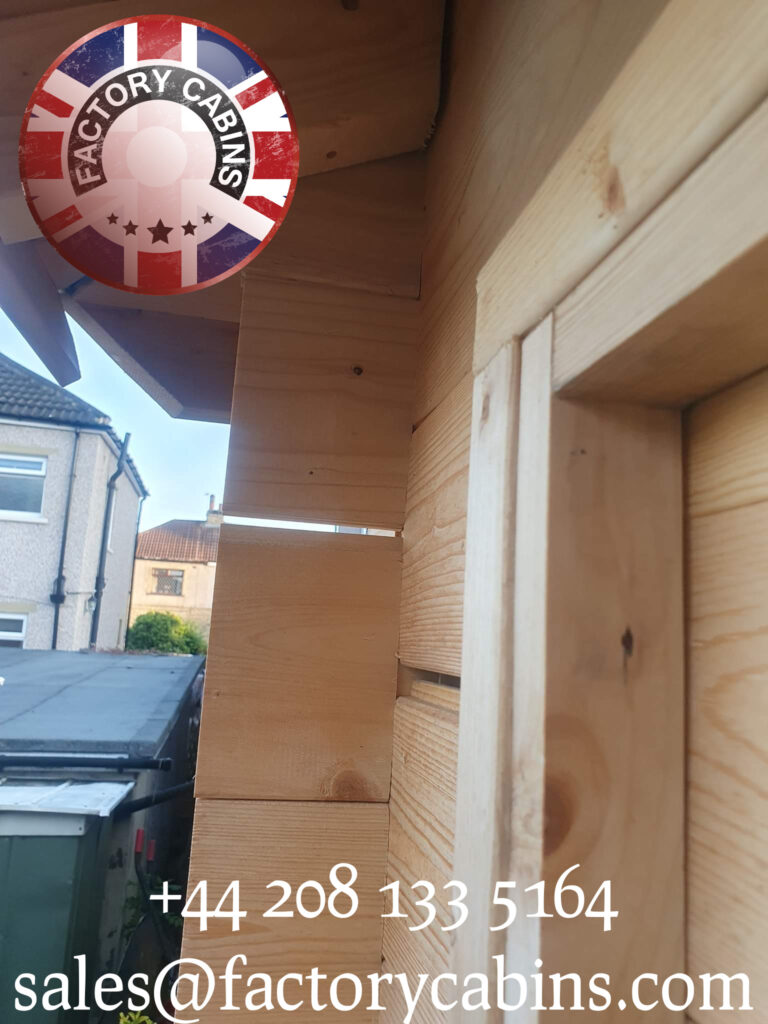






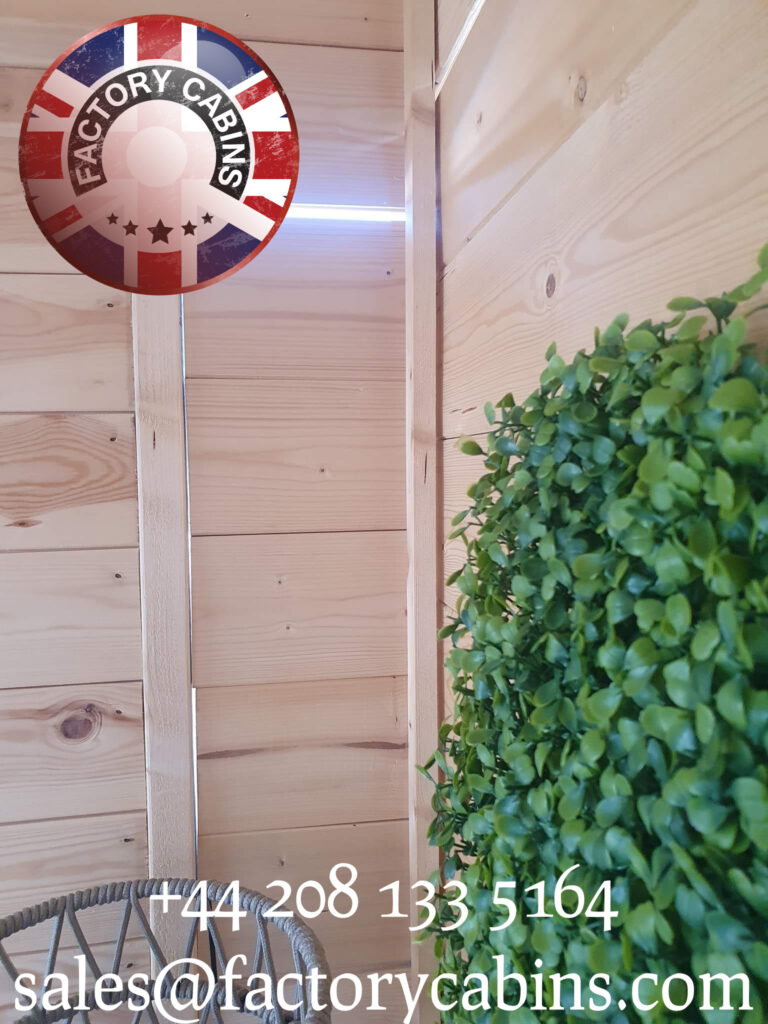
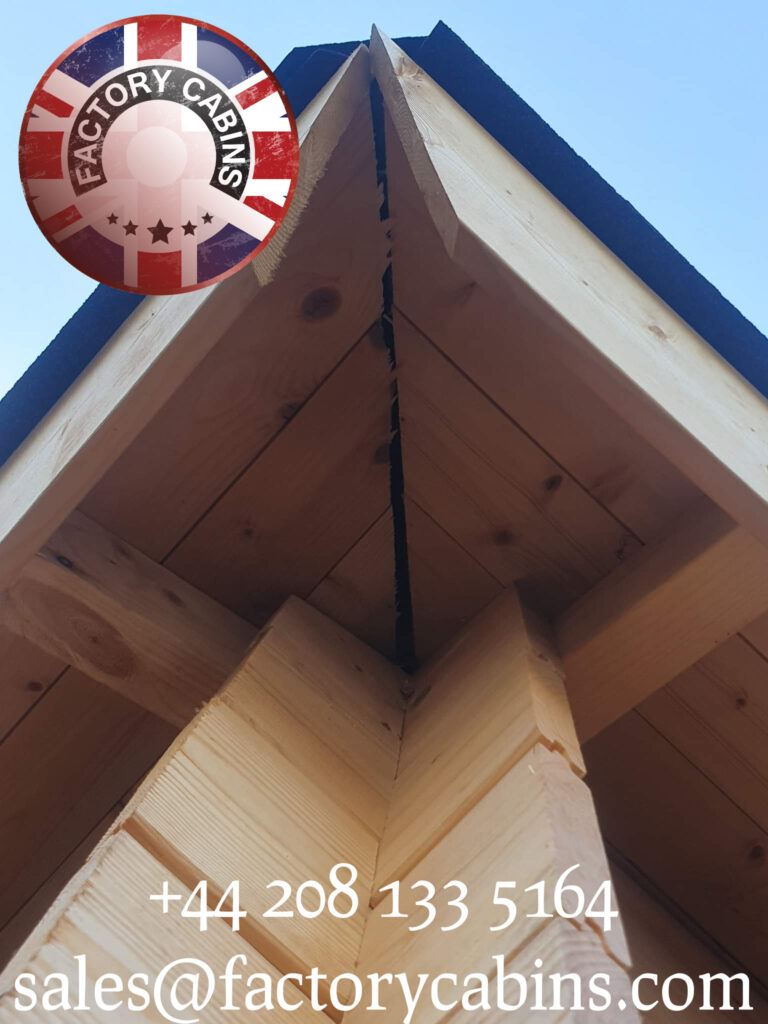


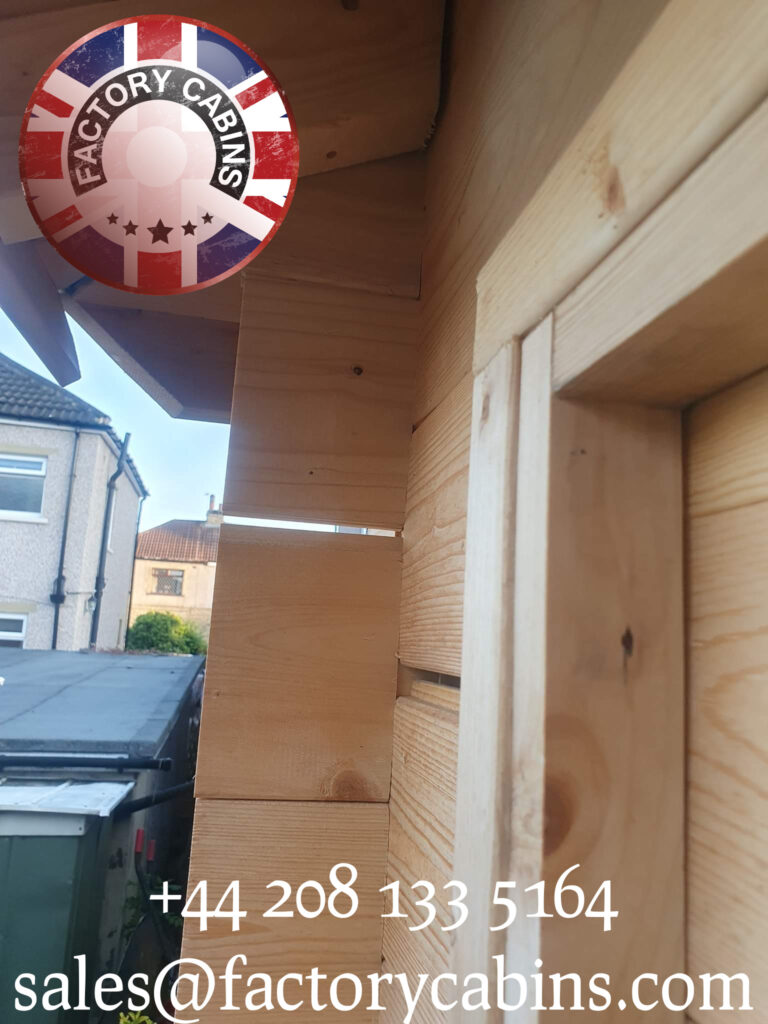

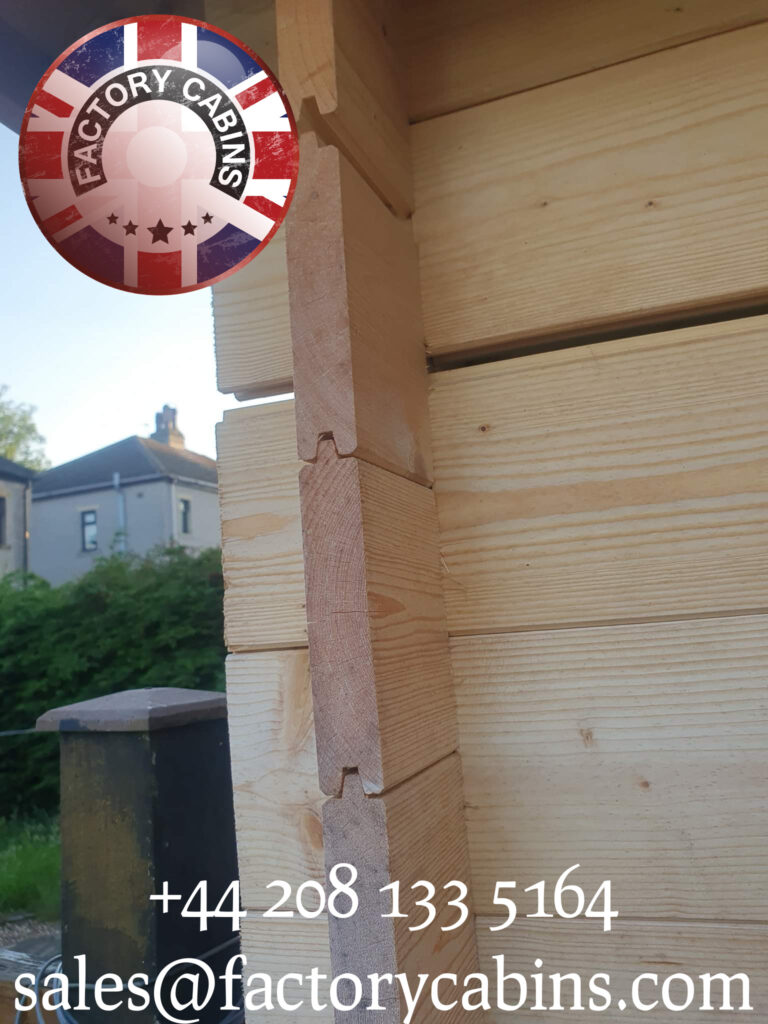
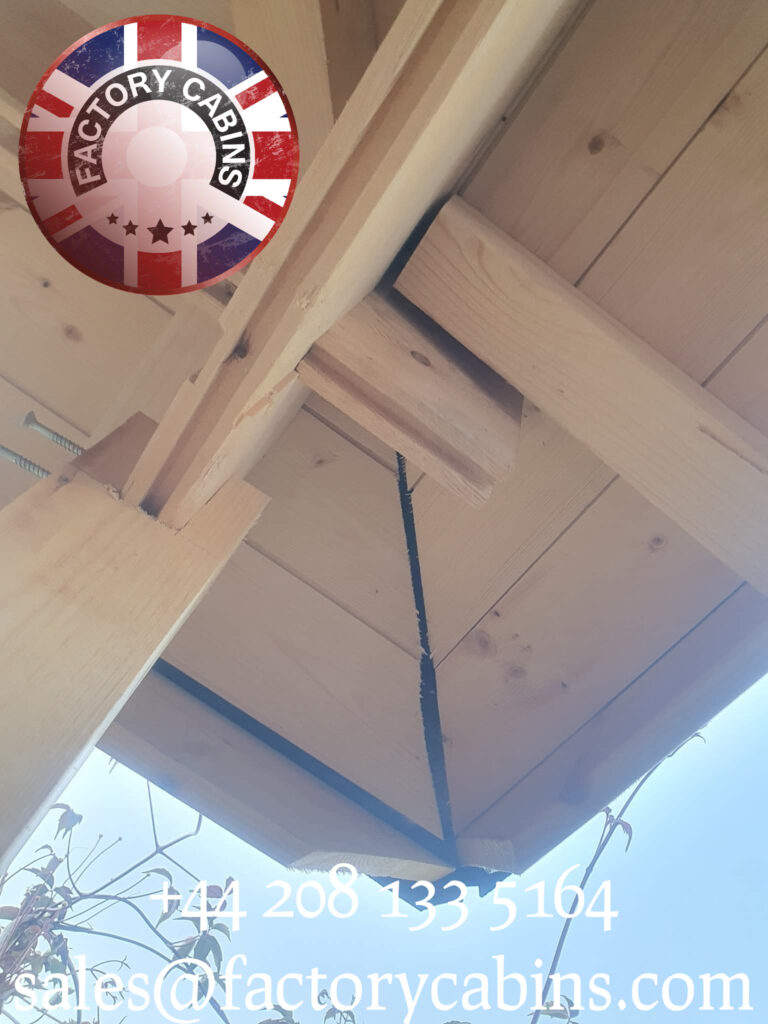


- Cheaper cabins are typically built with lower-quality materials, resulting in a shorter lifespan.
- Generally ineffective in terms of energy efficiency due to insufficient insulation and draughty windows
- Mould can be caused by draughts, wetness, and insect infiltration.
- More upkeep is required than in more recent cabins.
- Low-cost wood used in construction may not comply with local building rules or fire safety regulations.
- Difficulty securing funding due to the building’s short life lifespan
- Because of the lesser quality, materials are more difficult to repair and replace.
- Inadequate construction can result in costly structural repairs.
- Poor manufacture and a lack of sufficient support can jeopardise structural integrity.
- The lack of personalization choices results in a generic appearance.
- Expensive to insulate properly due to the wood cabin’s weaker construction
- Lower resale value as a result of a lack of perceived worth
- Higher heating expenses owing to insufficient insulation 14. Easier to overlook cosmetic defects that can cause costly harm in the long run
- Interior partitions are typically thinner and less secure.
- Doors and windows frequently necessitate additional upkeep.
- Because of weak support structure, roofs may need to be changed more frequently.
Poor manufacturing can affect structural integrity, resulting in walls sagging inwards over time. - Poor foundations cause cabins to sink unevenly over time.
- Due to the cabin’s structure, upgrading flooring and plumbing may be more challenging. 21. Less efficient air circulation due to a lack of modern construction techniques.
- Poor soundproofing may result in noise complaints from neighbours. 23. Frequent surface treatments are required to keep the cabin from decay and insect damage.
- Inadequate weatherproofing might lead to water infiltration damage.
- Because of the cabin’s lack of endurance, you may need to repair it sooner than intended.
- Poorly secured materials are easily broken into 27. Limited future ability to add on to or enlarge the cabin 28. Limited alternatives for energy sources such as alternative or renewable energy 29. Poor plumbing or wiring can cause harmful circumstances
- A lack of unique finishes or features might make personalising the cabin challenging.
When compared to higher quality cabins from more respected providers, purchasing a cheap log cabin may appear to be a cost-effective alternative. However, these savings come at a cost, and people frequently find themselves in a crisis scenario as a result of poor judgements. This essay will explain why buying a cheap log cabin is a bad decision, the hazards connected with doing so, and why some people may be forced to do so as a result of a financial crisis.
The quality of the materials used is the first reason why buying a cheap log cabin is a terrible choice. Thinner logs, weaker window and door materials, and less secure fixtures and fittings are common features of low-cost log homes. As a result, there may be air draughts and cold areas throughout the cabin. The wood walls may also shrink throughout the winter months, creating gaps between the logs and allowing additional air and water to enter. As a result of the leaks, drapes and furnishings may become damp. Furthermore, it is likely that the windows and doors will not fit properly into their frames, causing additional problems.
Another reason why buying a cheap log home is not a good idea is because of the production process. Cheaper cabins are typically not built to the same standards as more expensive cabins, which means that corners may be cut in their design and production. This can result in missing components, misaligned walls, and thin floor and roof boards that aren’t meant to withstand harsh weather conditions like heavy rain or snowfall.
In the end, a low-cost log cabin is simply a waste of money. What appears to be a cost-effective decision at first may end up costing more in the long run. The poor quality of the materials and production method considerably increases these expenses because replacement wood and fixtures will be required sooner, raising the possibility of having to source them elsewhere.
The appeal of low costs is another element that can lead consumers to purchase an inexpensive log home during a financial crisis. Many decisions must be made quickly in a crisis with fewer resources, so individuals prefer to choose what appears to be the lowest cost option in front of them. This is especially true for individuals who are vulnerable and do not have the expertise or skills to invest in a cabin.
Finally, evaluate the environmental impact of a low-cost log cabin. Reusing logs or timber is important for building cabins and, when done correctly, can even be environmentally friendly. However, lower-cost log cabin makers employ lower-quality, softer wood, such as Douglas Fir, which is less durable and must be replaced more frequently. This will only contribute to landscape degradation and deforestation in the long run, adding to climate change and other harmful environmental repercussions.
Finally, it is critical to evaluate the long-term implications of purchasing an inexpensive log cabin before finalising the purchase. Although low prices may initially be tempting, the quality and production process of a low-cost log home can be damaging in the long term. Furthermore, a financial crisis may motivate many people to make rash judgements that are not always the best alternative. Before making a purchase, it is critical to carefully consider all of the factors and potential implications. If enough research and effort is placed into the decision, a much better cabin and a more pleasant conclusion may be secured.
